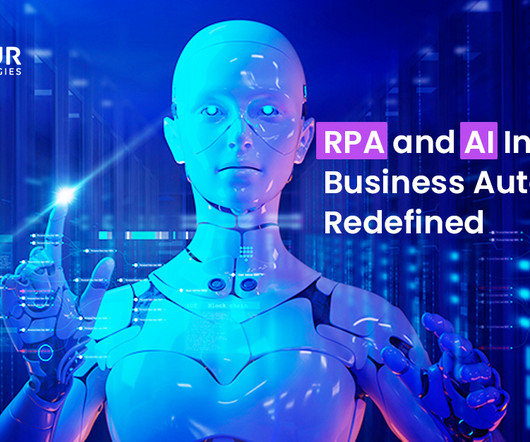RPA and AI In Action: Business Automation Redefined
Amzur
MAY 9, 2024
In today’s hyper-competitive landscape, streamlining operations and maximizing efficiency are paramount for CIOs. This is where automation comes in, offering a powerful way to elevate your business. However, choosing between RPA and AI can be challenging, as each has unique strengths for different business processes.














Let's personalize your content